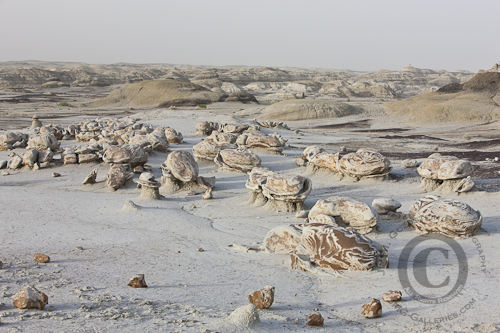Yesterday Chase Jarvis wrote a post called 3 Insights on the Evolution of Photography & Filmmaking. It’s good, you should go read it. In it, he talks about the dramatic shifts in technology that have allowed many photographers to start shooting video.
Corey Rich and Michael Clark are two good examples of people who have moved in this direction. Both contemporaries of mine, they started out as still photographers and have now expanded their businesses to include film and video production as well. Good for them, they’re both very talented artists and all around great guys. If you see either one of them, tell ’em I said hi.
I, on the other hand, am one of those photographers who has never shot a frame of video with my camera. I made a short video with my Flip last year called The Snow Bike and the Super Clamp, but that doesn’t really count.
I think the reason that I’ve avoided it so far is that I’m scared I’ll like it too much. The reality is that as busy as I am with still photography and writing, I just don’t see having the time to devote to shooting and producing video. Being somewhat of a control freak with my business, I’d feel compelled to do all the editing, titles, post production, and of course, the music. After all, I do have a degree in audio production and engineering and have the capabilities to score music for film and video. I already run out of hours every day as it is!
But enough about me. This is about you, so here’s my long winded follow up to Chase’s post.
Like he says, if you’re interested in moving towards video, then by all means, now is the time. Dive in, invest and explore your creativity. Video and film production equipment has never been more affordable, and with clients demanding a wider variety of content these days, if you’re good and can market yourself well, you’ll find the work.
However, if you feel, for whatever reason, that shooting professional video is not for you, then don’t feel that it’s something you HAVE to do as an added career, because it’s not. I can say this, because I’ve had numerous industry people tell me that I NEED to start shooting video. Like I said above, I haven’t made the jump and plenty I’m happy, and busier than I’ve ever been.
Video is not the only road to success for photographers in this day and age. It’s ONE possible path, but there are many other creative ways to adapt your business model to evolve with the changing times and industry.
In the end, YOU are the only person who can determine which path is right for you. Don’t ever forget that.

















